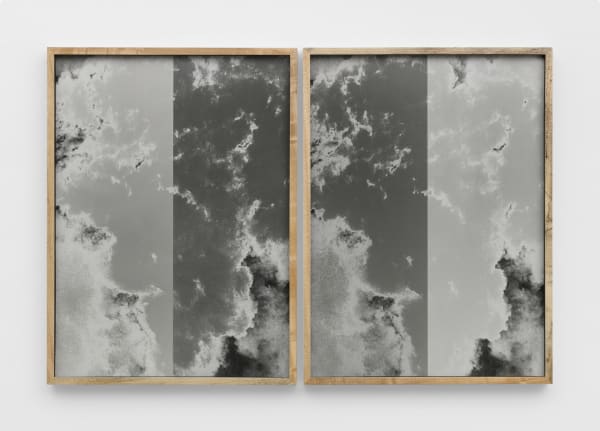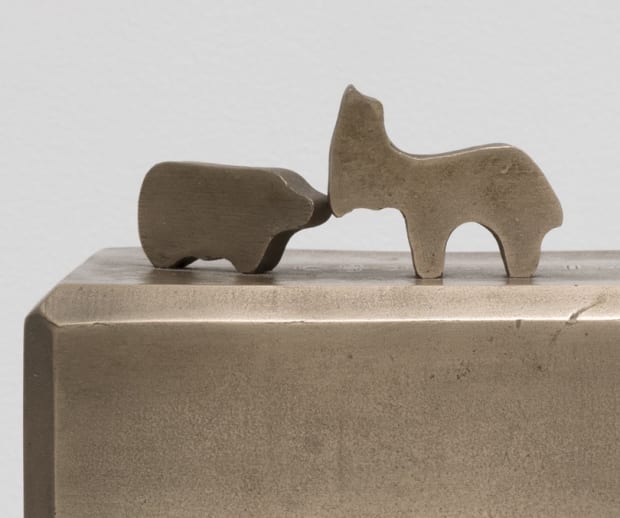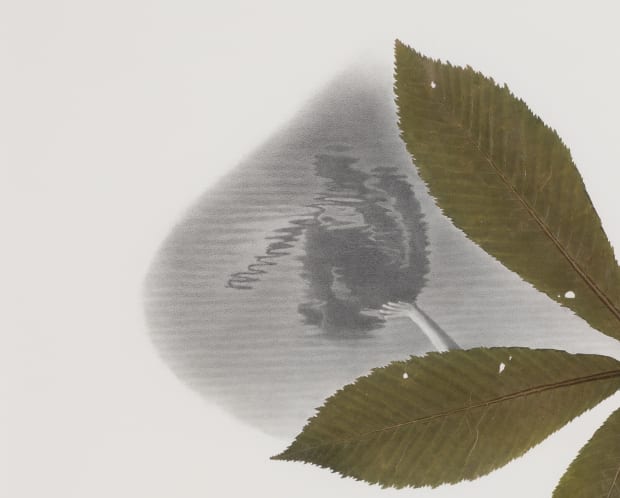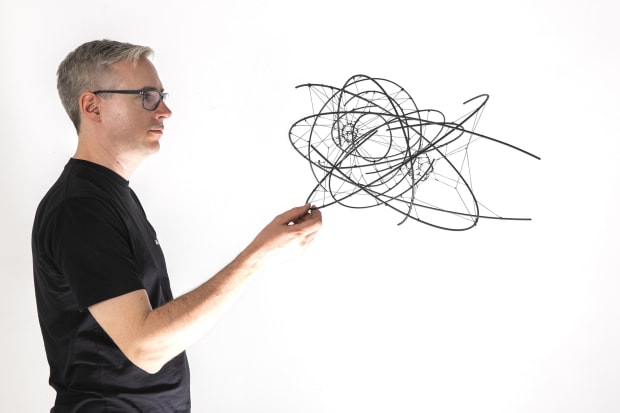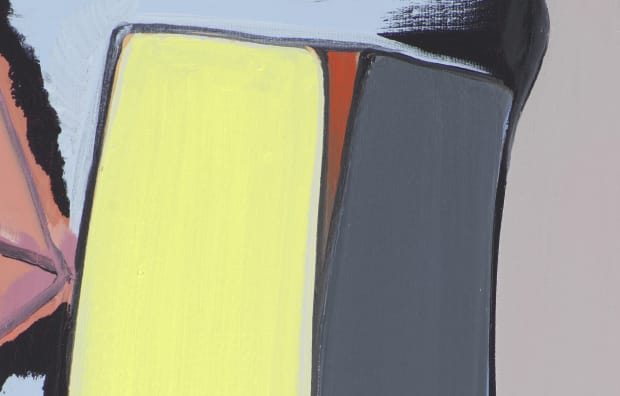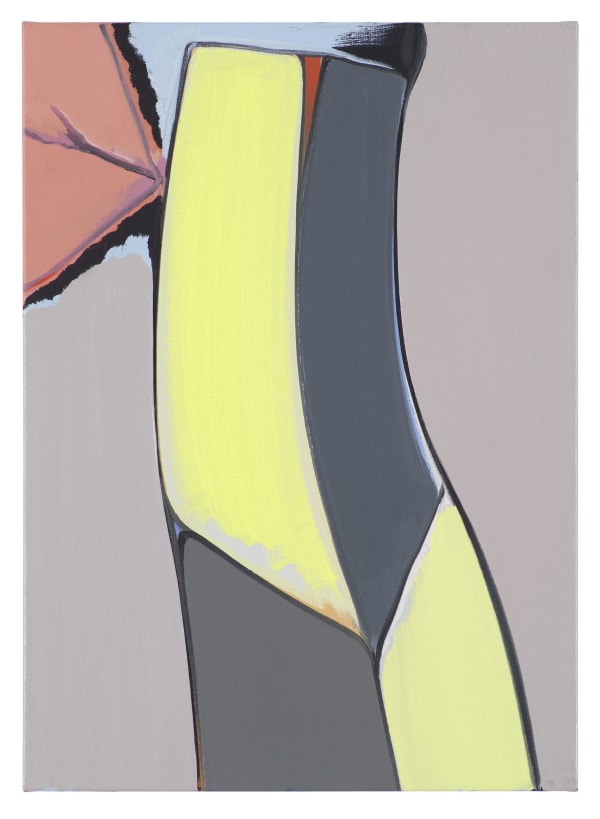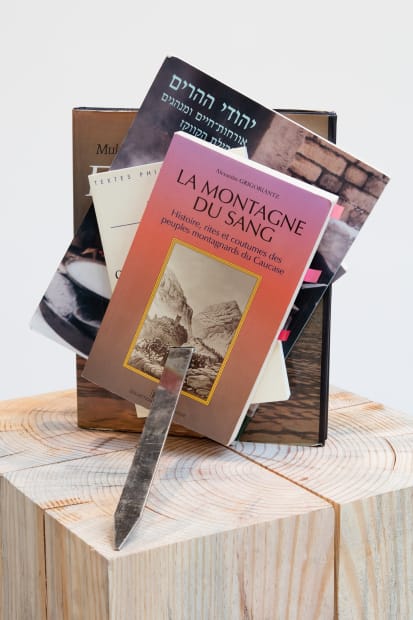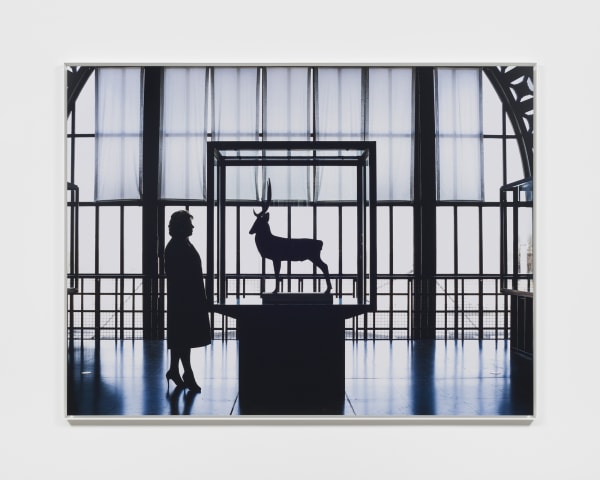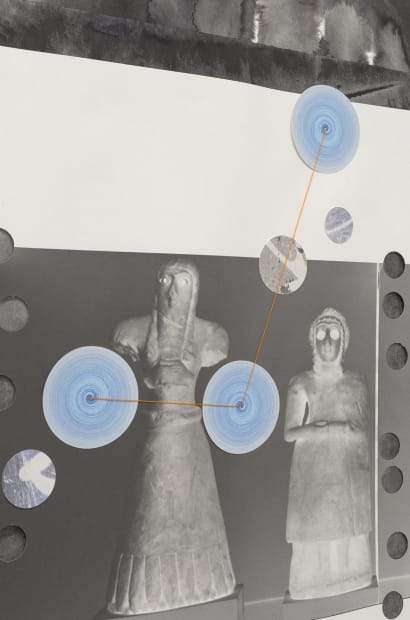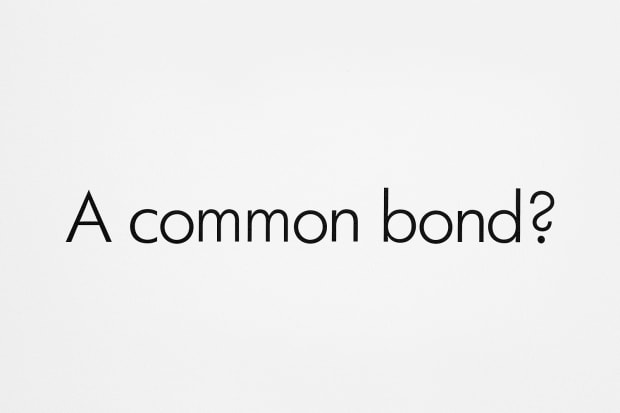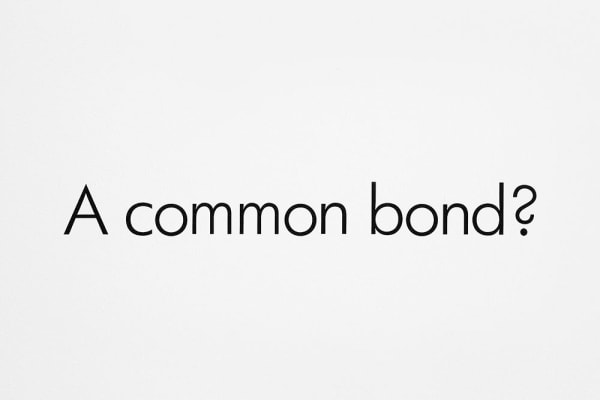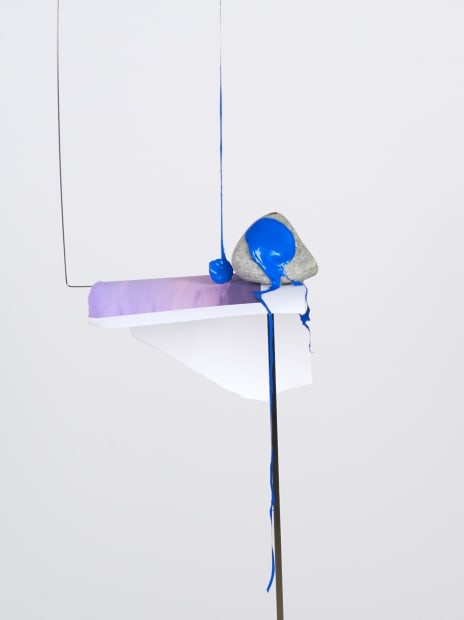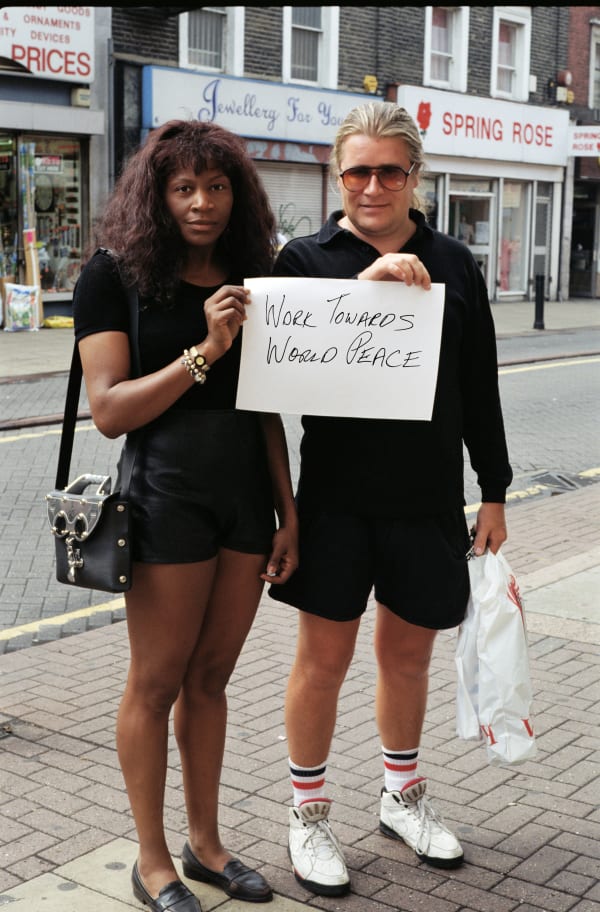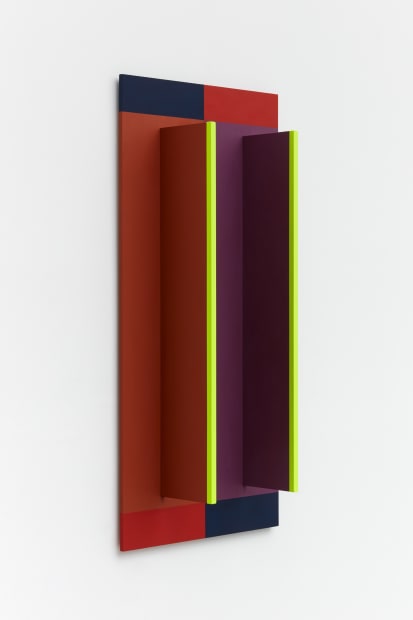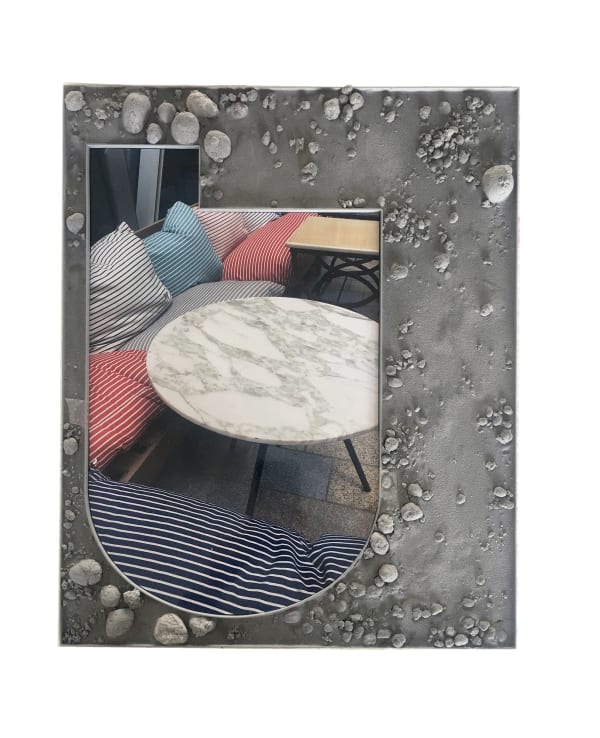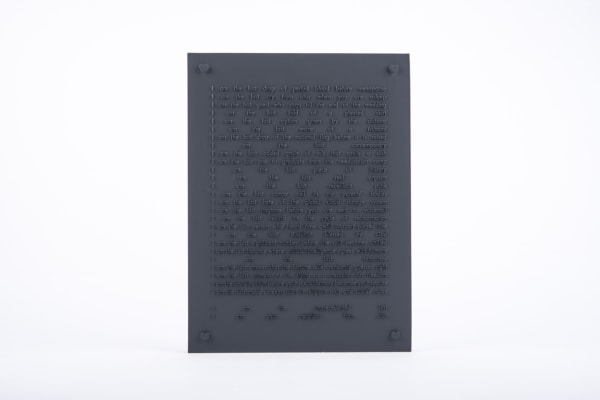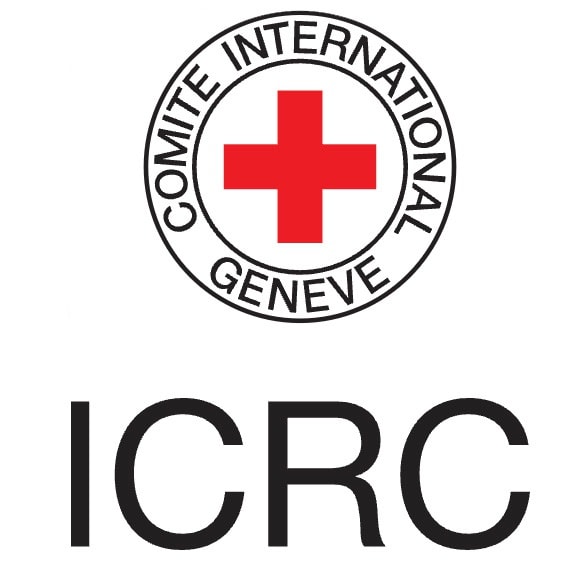-

-
Tanya Bonakdar Gallery —its staff and artists — are shocked and appalled by the catastrophic human rights tragedy taking place in Ukraine. Our hearts go out to the innocent civilians, families, and especially children, caught in the crossfire of violent conflict. Unfortunately, empathy is not enough when confronting such challenging moments in history.
Tanya Bonakdar Gallery stands with Ukraine. With this announcement, we are launching a sale of important works by gallery artists with 100% of proceeds donated to relief organizations helping to alleviate the suffering of those seeking refuge from the conflict in Ukraine.While we understand the limits of our influence and power in the context of this global conflict, we also believe that momentum starts with individual and local community activity. As a gallery, we have specific tools at our disposal. We have a platform. We have a certain power in communicating ideas. Even more, we are part of a community of artists, collectors and patrons who can help to raise funds so desperately needed right now.
Our gallery artists have been extremely supportive and generous in offering important work for this cause. We urge those who receive this message, and are in a position to collect, to consider one of these works for acquisition. Collectors will do so with the knowledge that the full purchase will be donated and all funds raised will be split evenly between the three organizations listed below.
For others interested in offering direct support for organizations involved in humanitarian efforts in Ukraine, we have included additional links at the bottom of the page.
Thank you in advance for your attention and support.ARTISTS:Uta Barth, Martin Boyce, Sandra Cinto, Phil Collins, Mark Dion, Nathalie Djurberg & Hans Berg, Olafur Eliasson, Sabine Hornig, Jónsi, Carla Klein, Agnieszka Kurant, Laura Lima, Charles Long, Rita Lundqvist, Mark Manders, Ernesto Neto, Rivane Neuenschwander, Karyn Olivier, Lisa Oppenheim, Susan Philipsz, Amalia Pica, Peggy Preheim, Dana Powell, Analia Saban, Tomás Saraceno, Thomas Scheibitz, Slavs and Tatars, Hannah Starkey, Haim Steinbach, Dirk Stewen, Liu Shiyuan, Sarah Sze, Jeffrey Vallance, Gillian Wearing, Nicole Wermers, Lisa Williamson and Wong Ping. -

-

-

-

-

-

-

-

-

-

-

-

-

-

-

-

-
-

-

-

-
-

-

-

-

-

-
-

-

-

-

-

-

-

-

-

-

-

-

-

-

-

-
Artists at Risk is a non profit organization at the intersection of human rights and the arts, which provides emergency resources for artists and cultural workers. AR is dedicated to supporting persecuted art practitioners, facilitating their safe passage from their countries of origin, hosting them at AR-Residencies and curating related projects, including the AR Pavilion.
Direct Relief is working directly with Ukraine’s Ministry of Health and other partners in the region to provide requested medical aid, from oxygen concentrators to critical care medicines – while preparing to offer longer-term medical aid to people displaced or affected by the conflict. Direct Relief is working directly with Ukraine’s Ministry of Health and other on-the-ground partners to provide hundreds of emergency medical backpacks – used by first responders in the field to treat injuries and other effects of the crisis – along with critical care medicines, sutures, Combat Application Tourniquets, oxygen concentrators, antibiotics, and much more.
From increasing the spread of infectious diseases to interrupting maternal health care, humanitarian crises can cause catastrophic damage to the health of people displaced or otherwise affected. Direct Relief is drawing on its extensive history of humanitarian response to determine what will be needed next – and is working to procure it.As the war in Ukraine escalates, Doctors without Borders/ Médecins Sans Frontières (MSF) is mobilizing to set up emergency response activities. They have teams in Ukraine, Poland, Moldova, Hungary, Slovakia, Russia, and Belarus. They halted normal activities in Ukraine and switched to emergency operations. Teams are preparing for a range of scenarios - including providing surgical care, emergency medicine, and mental health support for displaced people.
Human Rights Watch investigates and reports on abuses happening in all corners of the world. Donations will create the wave of support needed to interview survivors and witnesses and document violations of human rights and humanitarian law, demand an end to the use of cluster munitions, ensure that refugees are treated with dignity - and that all fleeing violence are treated humanely at border crossings, and advocate for justice and accountability.Also, Art + Activism supports Human Rights Watch by engaging with artists, curators, cultural icons, and galleries. They deploy creative mediums for the human rights movement, toward a more equitable future where everyone’s voice is elevated.Obama Leader András Léderer and his team at the Hungarian Helsinki Committee have been helping provide free-of-charge legal assistance and representation to refugees in Hungary for decades. Right now, they are focused on helping asylum seekers from Ukraine find professional and free legal assistance.IOM is scaling up its humanitarian operations in Ukraine and neighboring countries, providing emergency services in health, shelter, winter supplies and protection.International Rescue CommitteeThe IRC is on the ground in Poland, and working with local partners in both Poland and Ukraine to meet the immediate needs of people affected by the conflict. They work through partners to provide critical information services to 1 million people that have arrived in Poland from Ukraine. They procure medical supplies and essential items including sleeping bags and blankets for distribution at reception centers on the Polish/Ukrainian border. In Ukraine, they are working to mobilize resources and connect with partners to establish a response that will provide lifesaving support to civilians forced to flee their homes. They are working to ensure women and children are protected and survivors of violence have the support they need.The Kyiv Independent, an English language media outlet, was launched three months ago and created on the principles of independent journalism and free press. The goal of their Go Fund Me is to keep accurate news coming.Under these circumstances, People in Need has mobilized extensive resources to support the population of Ukraine. Their core team has transferred from Kyiv to Lviv, where a new office has opened. New activities are being planned to address the needs of people in different regions. PIN has adapted to new challenges and organized water delivery to people displaced by ongoing fighting in eastern Ukraine. Experienced psychologists are constantly providing psychological support to the population on our telephone hotline 0800210160. People in Need will provide financial support to local NGO partners to support displaced people with water, food, hygiene, and other urgent humanitarian needs in Dnipropetrovsk, Zaporizhzhia and Sviatohirsk.United Help Ukraine focuses on 4 areas: Supplies (medical, survival, and personal protective), monetary grants and shipping of goods to internally displaced refugees, fundraisers to support wounded Ukrainians and their families in American hospitals, and raising awareness. They are a grassroots, volunteer-based organization.UNHCR has stepped up operations and capacity in Ukraine and neighbouring countries. It remains firmly committed to support all affected populations in Ukraine and countries in the region. Support helps ensure that Ukrainians forced to flee their homes are sheltered and safe. With teams across Ukraine and in neighboring countries hosting refugees from Ukraine, UNHCR is providing protection and humanitarian assistance, including emergency shelters, repairs for homes damaged by shelling, emergency cash assistance, and protection such as psychological support. Winter relief is also provided for displaced people in need as temperatures plummet, such as high thermal blankets.Emergency response to conflict in eastern Ukraine.UNICEF supports health, nutrition, HIV prevention, education, safe drinking water, sanitation and protection for children and families caught in the conflict in eastern Ukraine. UNICEF calls on all sides to recommit to the ceasefire.Vostok SOS is responding to the escalating situation with a comprehensive humanitarian campaign. They help people evacuate and provide humanitarian aid and psychosocial support. They have hotlines open for affected people and have a team on the ground in the region, ready to coordinate aid. Donations will help deliver medical and humanitarian aid to local people, evacuate vulnerable people, and provide tailored trauma support in the aftermath of shelling.** VOSTOK SOS is partnered with Libereco, an independent German-Swiss non-governmental organization dedicated to the protection of human rights in Belarus and Ukraine.


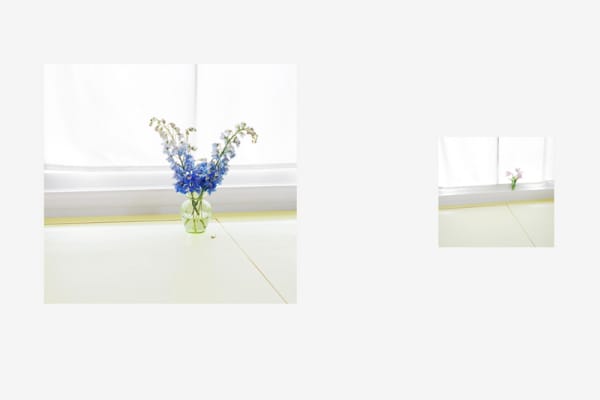
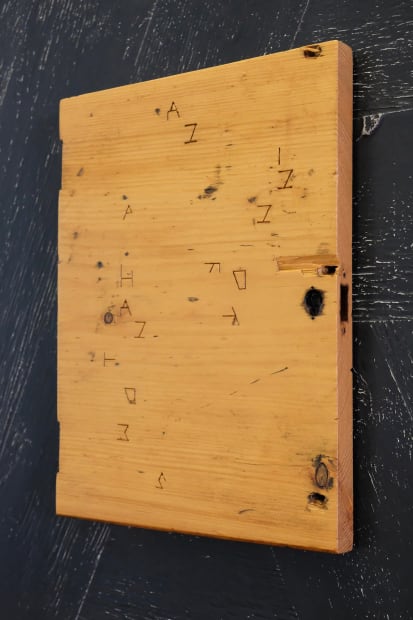

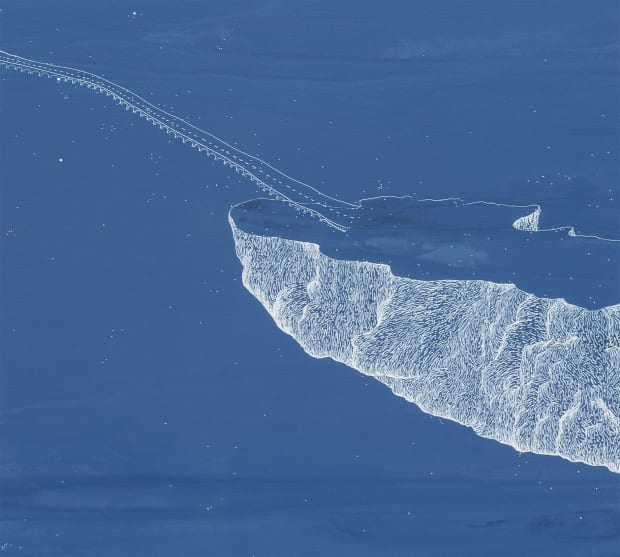

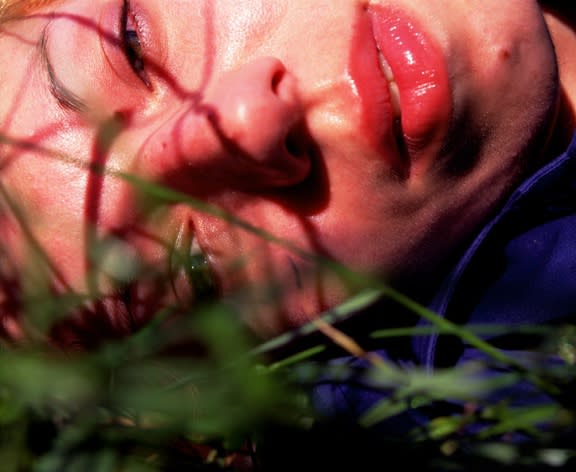
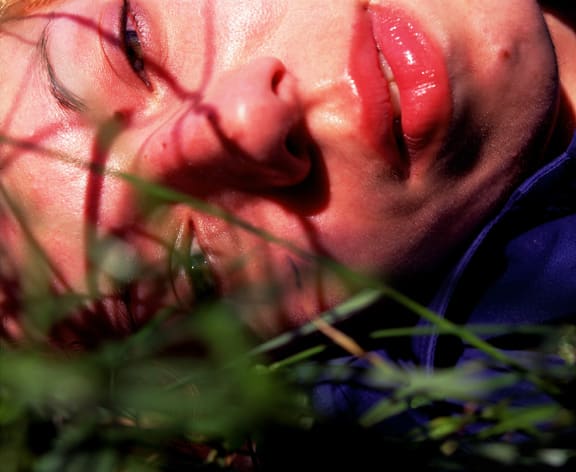
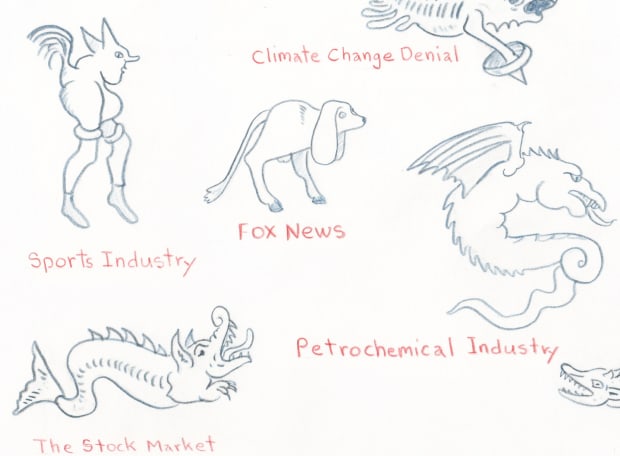


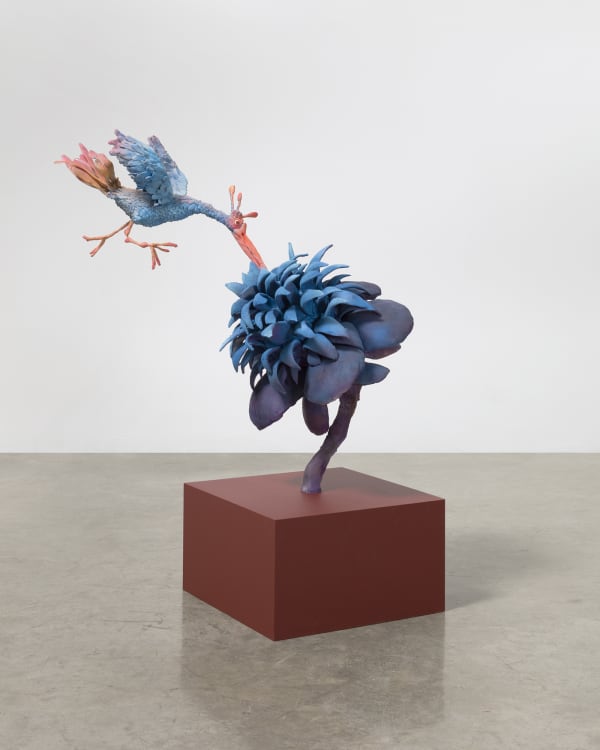

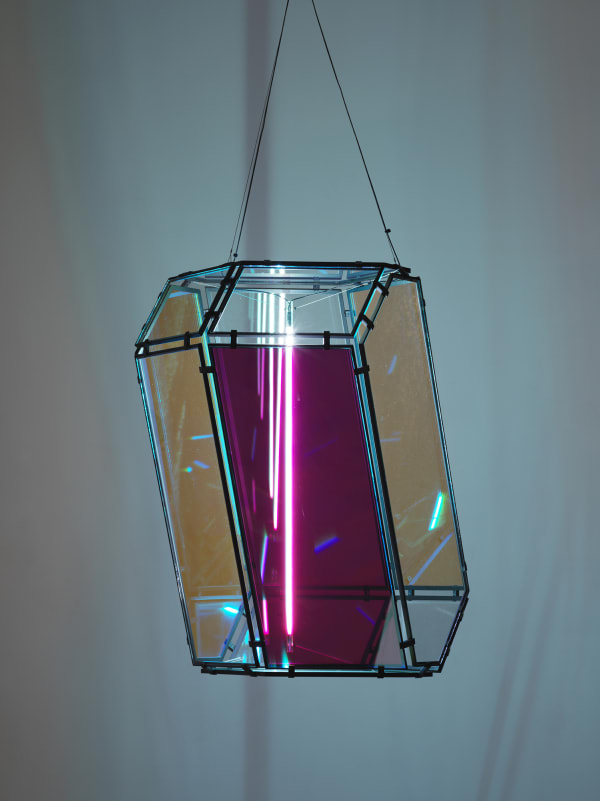

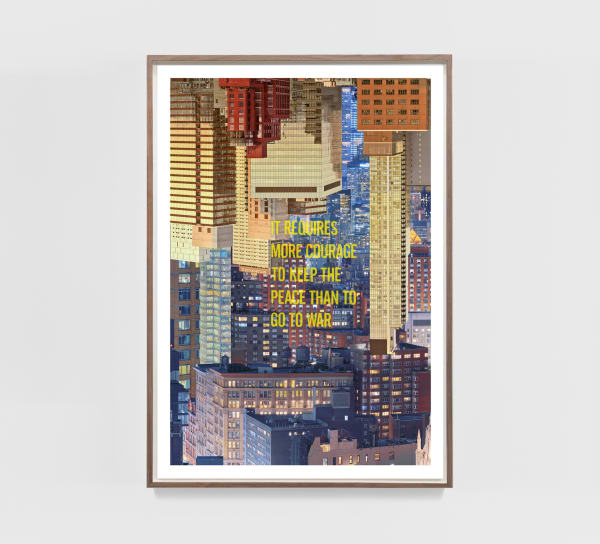



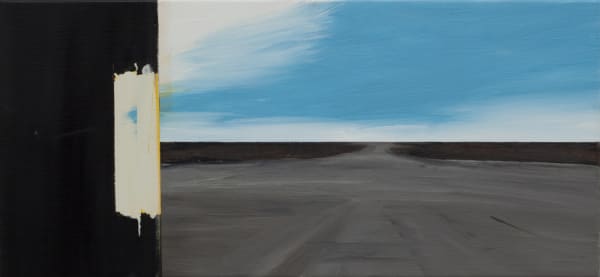
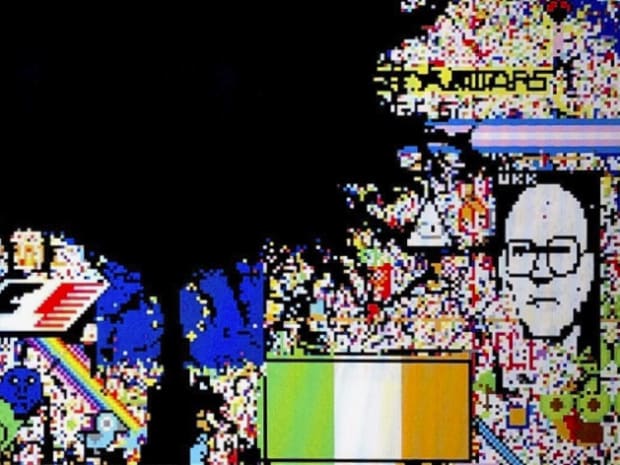
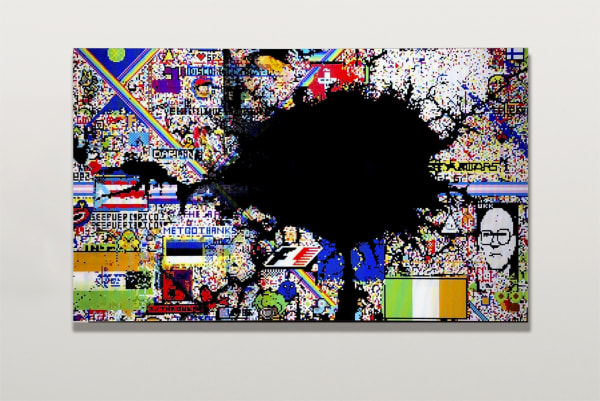
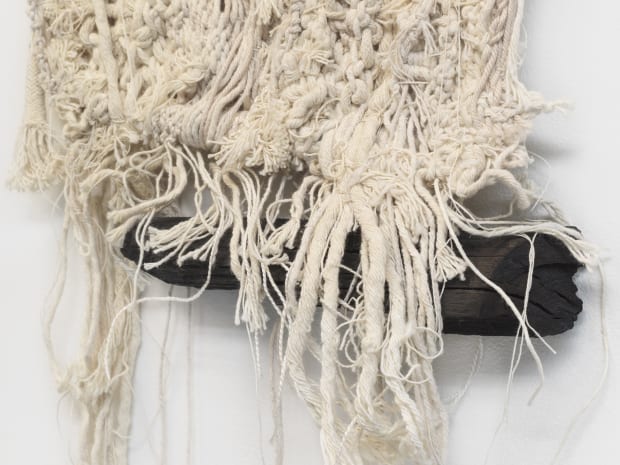
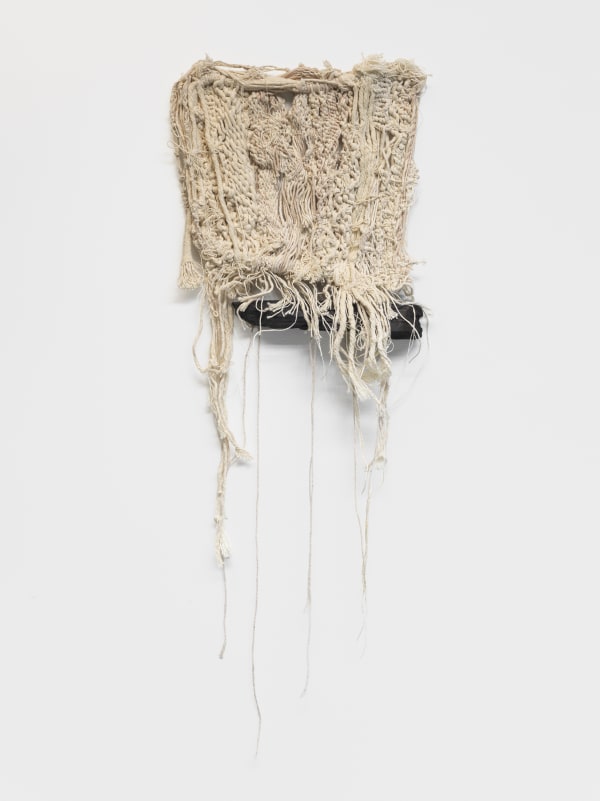


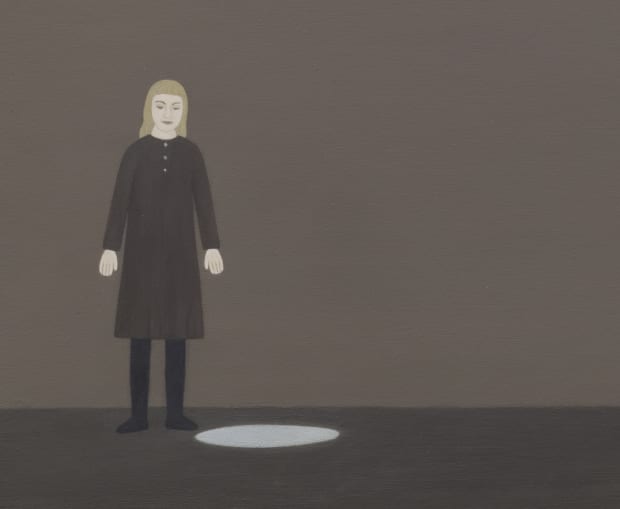






![Image of À espreita [alienígena]](https://artlogic-res.cloudinary.com/w_600,c_limit,f_auto,fl_lossy,q_auto/artlogicstorage/tanyabonakdargallery/images/view/7af94ddc350e94d0a21f8c54a995ee33j/tanyabonakdargallery-rivane-neuenschwander-espreita-alieni-gena-2020.jpg)



